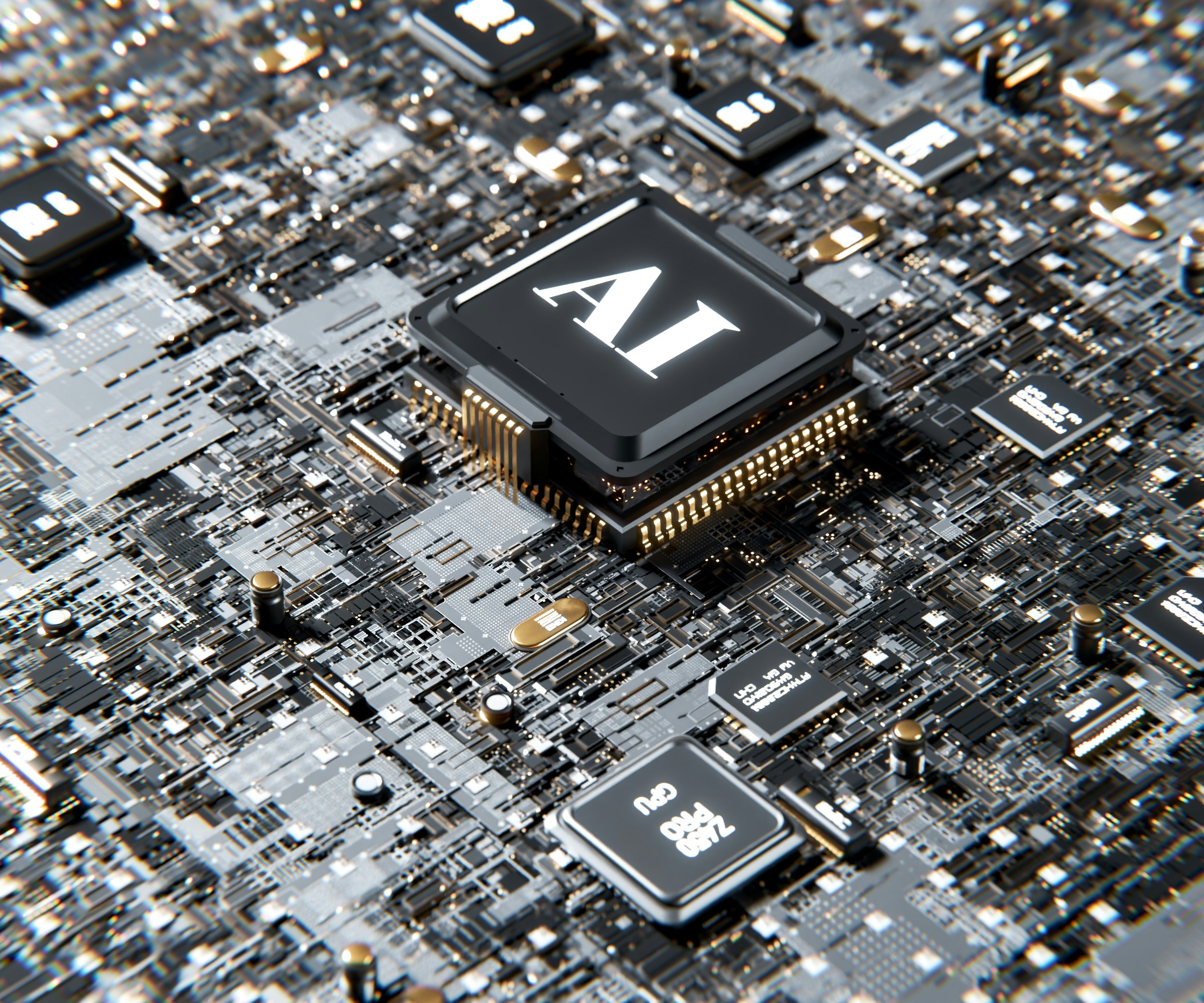"Unraveling the Mysteries of Micro Data Centers"
As we plunge deeper into the digitally-enabled era, a new phenomenon is making waves in the technology sphere - Micro Data Centers. These miniaturized versions of traditional data centers are poised to transform the way we handle digital information, promising increased efficiency, versatility, and accessibility.

The Genesis of Micro Data Centers
Micro data centers are not a product of overnight innovation but the result of an evolving technological landscape. As businesses increasingly rely on digital solutions, the demand for efficient and accessible data storage has surged. Traditional data centers, while effective, are large, expensive, and relatively inflexible, leading to a search for more practical alternatives.
The solution emerged in the form of micro data centers - compact, self-contained units designed to handle specific tasks. These units are typically no larger than a single rack of equipment, making them incredibly space-efficient. Moreover, their self-contained nature allows them to operate independently, minimizing the risk of system-wide failures.
Micro Data Centers: Today’s Reality
Today, micro data centers are gaining traction, especially among small to medium-sized businesses. Their compact size and lower cost make them an attractive alternative to traditional data centers. They’re particularly beneficial in remote or edge locations, where they can process and store data locally, reducing latency and improving efficiency.
Tech giants like Google and Amazon are already harnessing the power of micro data centers, incorporating them into their infrastructure to support edge computing operations. Moreover, industry forecasts predict a significant increase in the global micro data center market, from $3 billion in 2020 to $6.5 billion by 2025.
The Economic Impact of Micro Data Centers
The rise of micro data centers has significant implications for the tech industry and the economy at large. With their lower costs and greater efficiency, they’re democratizing access to data storage, allowing even small businesses to leverage digital solutions.
Moreover, as more businesses adopt micro data centers, we’re likely to see a ripple effect across the economy. The increased demand for these units will stimulate growth in related industries, such as manufacturing and IT services. Additionally, the enhanced digital capabilities facilitated by micro data centers could boost productivity and innovation across various sectors.
The Future of Micro Data Centers
The future of micro data centers looks promising. As technology continues to evolve, these compact units are likely to become ever more efficient and versatile. We may see them integrated into a wider range of applications, from supporting remote work arrangements to powering smart cities.
Moreover, as the Internet of Things (IoT) continues to expand, micro data centers will play a critical role in processing and storing the vast amounts of data generated by connected devices. By bringing data processing closer to the source, they can reduce latency, enhance security, and support real-time analytics.
In conclusion, micro data centers represent a significant shift in the way we handle digital data. Whether it’s in supporting edge computing operations, democratizing access to data storage, or stimulating economic growth, their impact is undeniable. As we move further into the digital age, these tiny powerhouses will undoubtedly play an increasingly central role.




